
At Studebaker Orthodontics, we love to celebrate the holidays with vigor! Dr. Robert Studebaker would love to share some unique ways of celebrating Thanksgiving from beyond the Spring, TX area to the national level!
When Americans sit down to dinner on the last Thursday of November, the day that Abraham Lincoln designated as the day on which Thanksgiving would be celebrated, they do so thinking that the first Thanksgiving feast was held at Plymouth in 1621. According to National Geographic, the Spanish explorer Francisco Vásquez Coronado and his men celebrated a feast of Thanksgiving in Texas in 1541, giving Texas the distinction of being the first place where Thanksgiving was celebrated.
Different Types of Celebrations
Native Americans had rituals around which they celebrated in hopes of ensuring a bountiful harvest. The Cherokees had a Green Corn Dance that they did for this very purpose. The Pilgrims (not to be confused with the Puritans,) rejected any type of public religious display. They held a three-day long non-religious Thanksgiving feast. Although they said grace, the focus of their celebration was on feasting, drinking alcohol (they did have beer,) and playing games.
The Pilgrims at the Plymouth Plantation celebrated a different day of Thanksgiving in 1623. Plagued by a crop-destroying drought, the settlers prayed for relief. They even fasted. A few days later, they got the rain they so desperately needed. Soon thereafter, they received another blessing when Captain Miles Standish came with staples they couldn't otherwise get. He also told them that a Dutch supply ship was en route. In gratitude for the abundance of good fortune, the Plymouth settlers celebrated a day of prayer and Thanksgiving on June 30, 1623.
The Story of Squanto
No discussion of Thanksgiving is complete without a discussion of Squanto, or Tisquantum, as he was known among his people, the Patuxet Indians. It is believed that he was born sometime around 1580. As he returned to his village after a long journey, he and several other Native Americans were kidnapped by Jamestown colonist, Thomas Hunt. Hunt put them on a ship heading to Spain where they were to be sold into slavery.
As fate would have it, some local friars rescued him and many of the other kidnapped natives. Squanto was educated by the friars. Eventually, after asking for freedom so he could return to North America, he ended up in London where he spent time working as a ship builder. By 1619, he was finally able to get passage on a ship headed to New England with other Pilgrims.
Upon arriving at Plymouth Rock, he learned that his entire tribe was wiped out by diseases that accompanied earlier settlers from Europe. In gratitude for passage on their ship, he helped them set up a settlement on the very land where his people once lived. They called the settlement Plymouth. Since they knew nothing about how to survive, let alone how to find food, Squanto taught them everything, from how to plant corn and other crops, how to fertilize them, how and where to get fish and eels and much more.
After a devastating winter during which many settlers died, thanks to Squanto's teaching, they had an abundant harvest. After that harvest, they honored him with a feast. It is this feast of 1621 which was celebrated between the Pilgrims and Wampanoag Indians that is widely considered the first Thanksgiving celebration.
About the Meal of the Plymouth Settlers
Surviving journals of Edward Winslow that are housed at Plymouth Plantation indicate that the first Thanksgiving feast was nothing like what Americans eat today. The meal consisted of venison, various types of wild fowl (including wild turkey,) and Indian corn. There were no cranberries, stuffing, pumpkin pie, potatoes, or any of the other “traditional” foods that appear on modern menus.
Today, Thanksgiving is celebrated on the fourth Thursday of November, the day that Abraham Lincoln designated as the holiday. It is still a day of feasting, and for some, a day of prayer and thanksgiving. For others, it is a celebration of gathering, especially for families. Still others may celebrate in entirely different ways, including watching college football bowl games, or by playing family games.
If you ever wonder why you're so tired after the Thanksgiving meal, it's because turkey contains an amino acid, tryptophan, and it sets off chemicals whose chain reaction combine to make people sleepy.

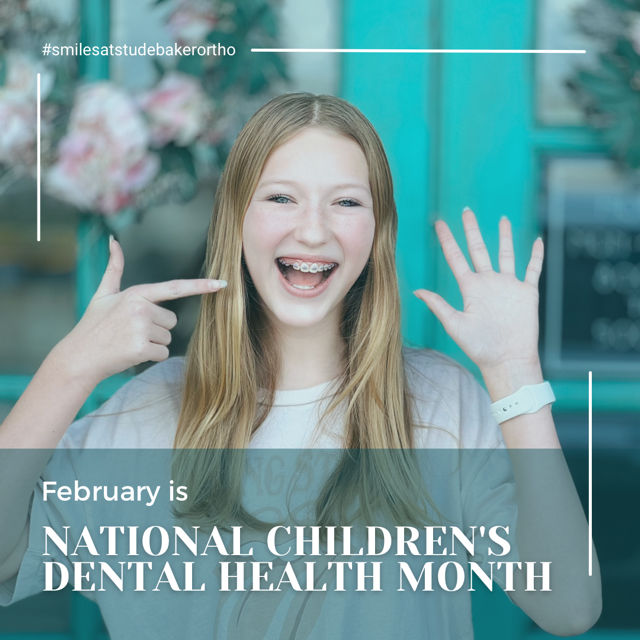


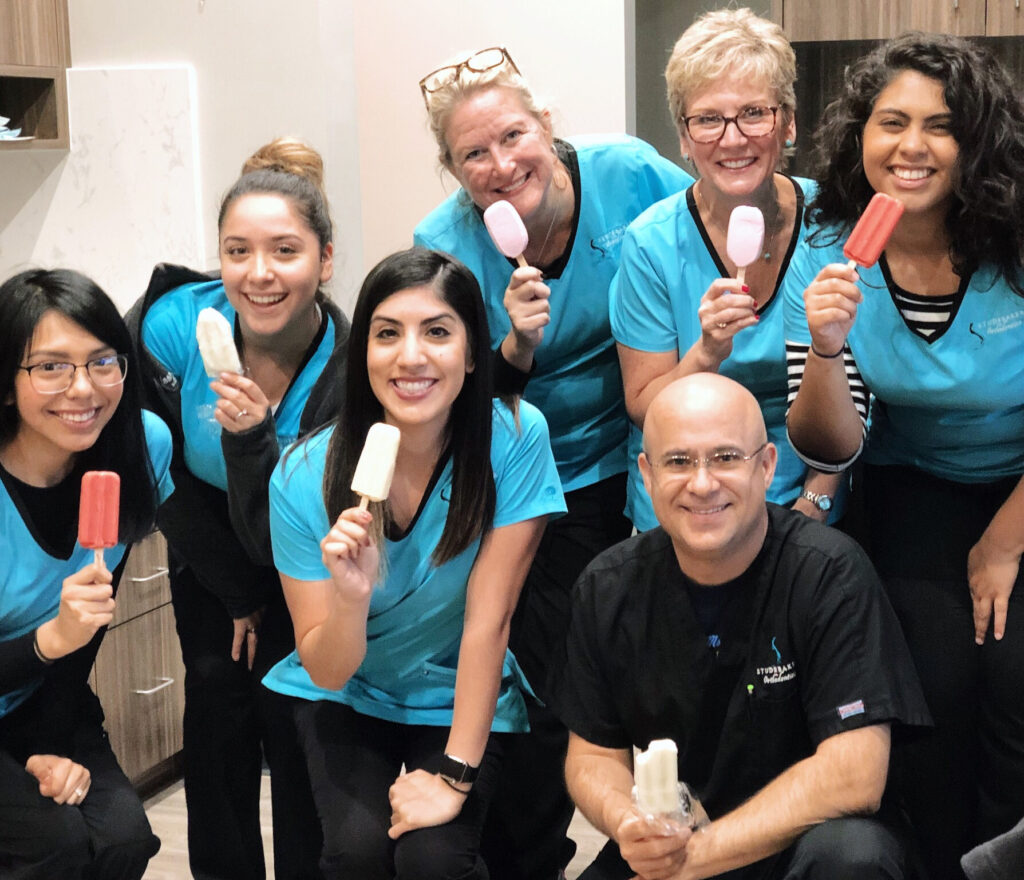


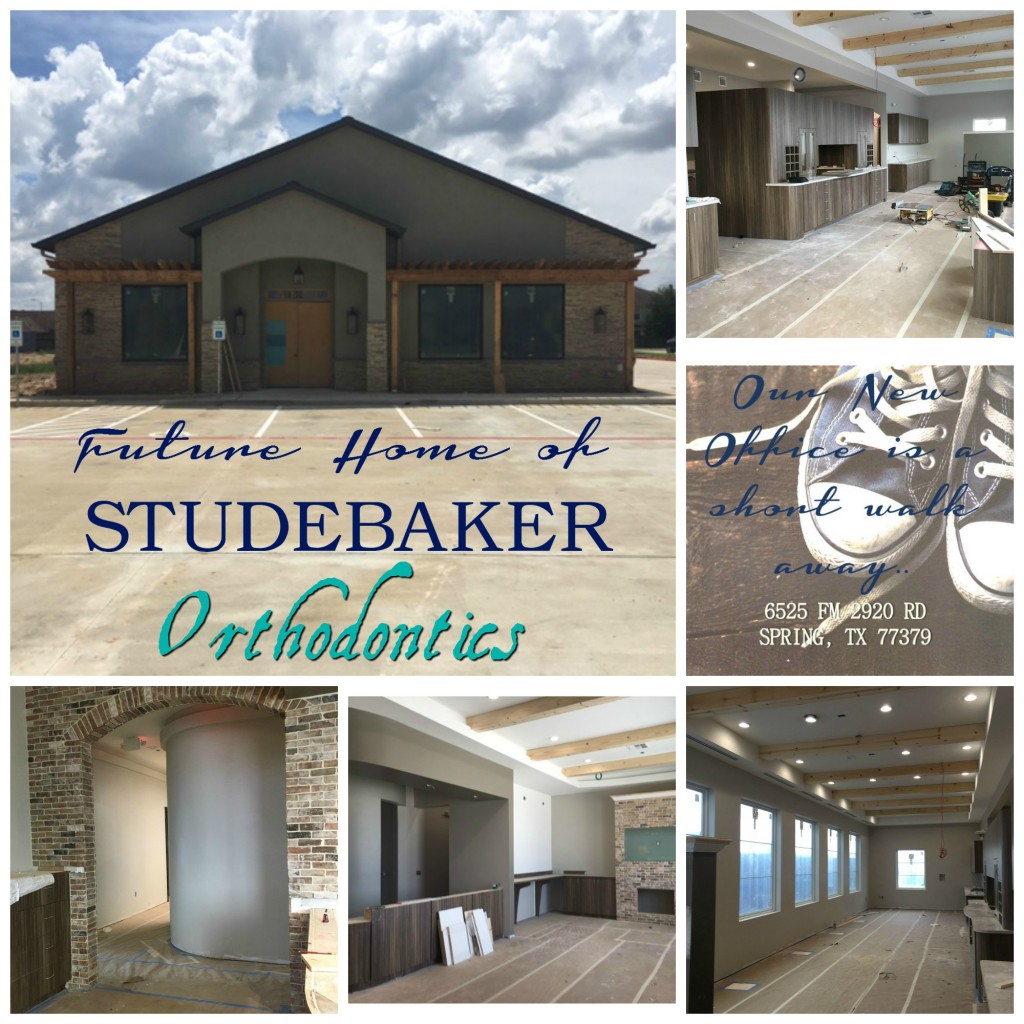




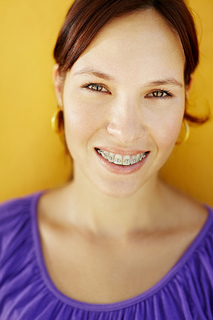




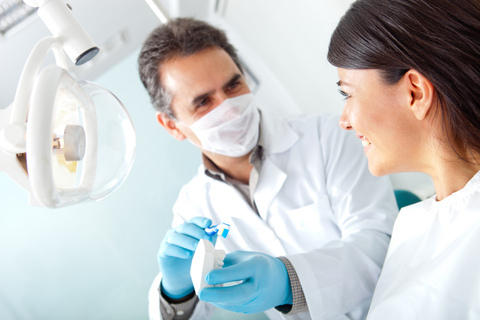

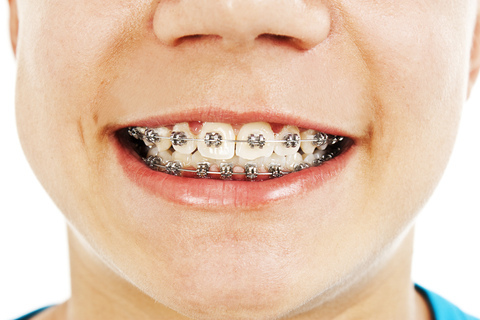


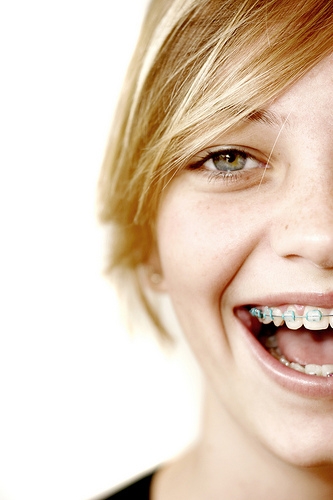
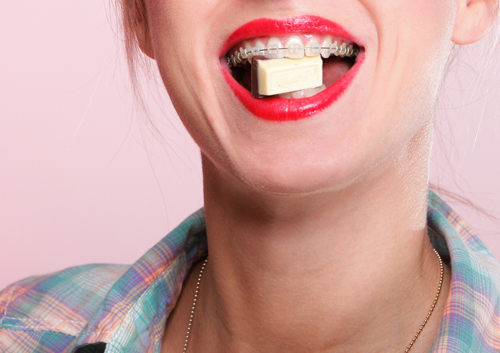





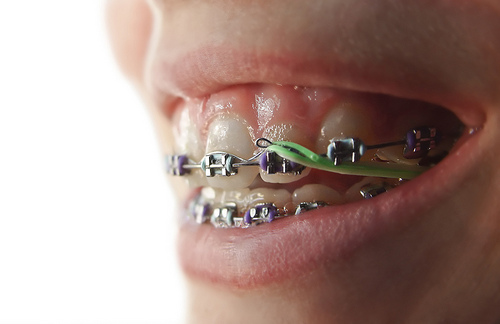


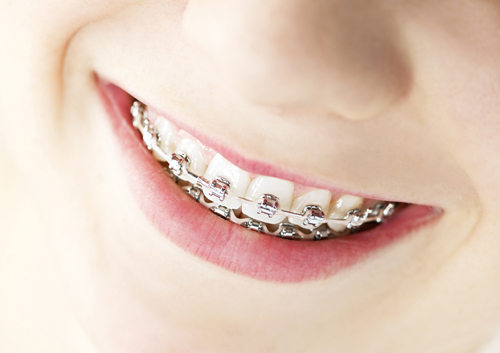










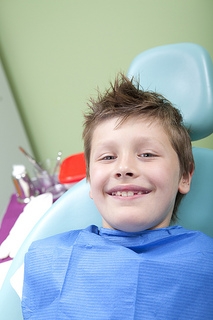

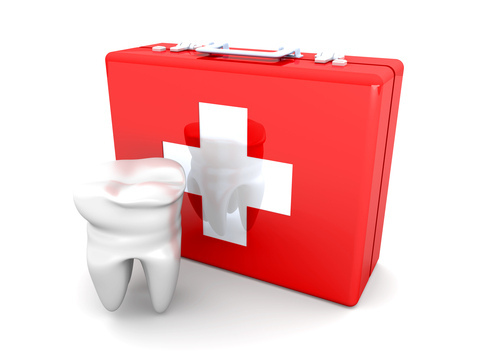

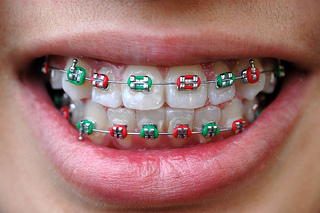




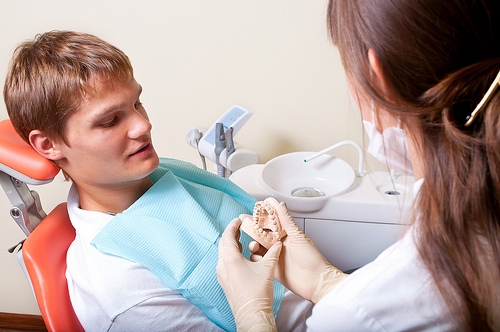










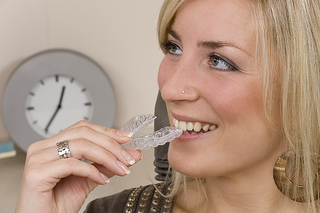




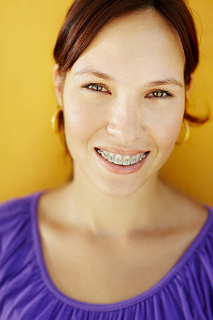















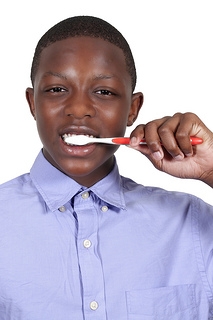

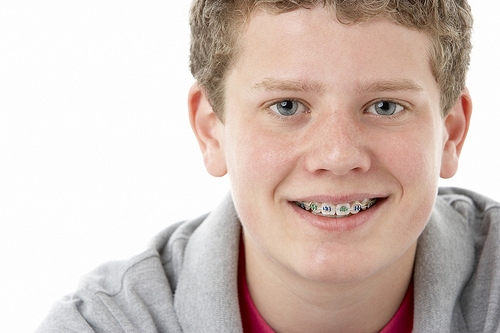










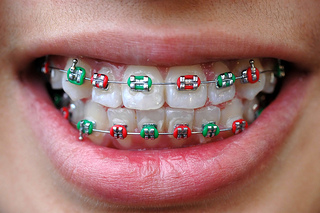









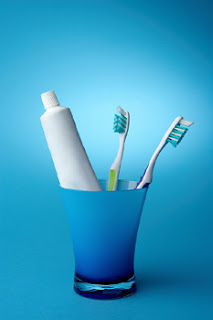













 We love October, and not just for the changing weather and Halloween excitement! It’s National Orthodontic Health Month.
We love October, and not just for the changing weather and Halloween excitement! It’s National Orthodontic Health Month.







 Adults who need orthodontic care often share the misconception that they are too old for braces and would rather not deal with the embarrassment. You are probably familiar with horror stories about rubber bands snapping, mishaps with kissing, and unsightly food sticking in metal braces. Many adults believe that braces are just for children, but they are neglecting all the benefits of correcting misaligned teeth. Braces may cause you to feel self-conscious, but they are temporary. Along with straightening your teeth, braces also provide the following benefits:
Adults who need orthodontic care often share the misconception that they are too old for braces and would rather not deal with the embarrassment. You are probably familiar with horror stories about rubber bands snapping, mishaps with kissing, and unsightly food sticking in metal braces. Many adults believe that braces are just for children, but they are neglecting all the benefits of correcting misaligned teeth. Braces may cause you to feel self-conscious, but they are temporary. Along with straightening your teeth, braces also provide the following benefits:




 The number one goal of orthodontic treatment is to give you or your child a good bite, meaning straight teeth that work well with the teeth in the opposite jaw. A good bite makes it easier for you to eat, chew and speak. It can enhance your dental health and your overall health, and may well improve your self-esteem. As a part of your comprehensive dental health care plan, orthodontic treatment can help you retain your teeth—and your smile—for a lifetime.
The number one goal of orthodontic treatment is to give you or your child a good bite, meaning straight teeth that work well with the teeth in the opposite jaw. A good bite makes it easier for you to eat, chew and speak. It can enhance your dental health and your overall health, and may well improve your self-esteem. As a part of your comprehensive dental health care plan, orthodontic treatment can help you retain your teeth—and your smile—for a lifetime.

 We know that having an attractive smile puts a spring in your step—or two—as well as increases your self-confidence, no matter if you’re 14 or in your late forties. Smiling not only makes people happy and puts them in a good mood, doing it often can even help you live longer, according to previous studies!
We know that having an attractive smile puts a spring in your step—or two—as well as increases your self-confidence, no matter if you’re 14 or in your late forties. Smiling not only makes people happy and puts them in a good mood, doing it often can even help you live longer, according to previous studies! Absolutely not! Orthodontic treatment for adults is becoming more and more common. In fact, the number of adults getting braces has actually climbed 24 percent since 1996! More adults than ever are realizing that orthodontic treatment is not just for kids, and can help improve the aesthetics and health of a smile of any age! In a society where appearance matters and can help make the difference between getting a job or a promotion, adults are choosing wisely to invest in orthodontic treatment.
Absolutely not! Orthodontic treatment for adults is becoming more and more common. In fact, the number of adults getting braces has actually climbed 24 percent since 1996! More adults than ever are realizing that orthodontic treatment is not just for kids, and can help improve the aesthetics and health of a smile of any age! In a society where appearance matters and can help make the difference between getting a job or a promotion, adults are choosing wisely to invest in orthodontic treatment.

 At
At 
 Great question! Many parents ask us that question, actually. Many parents in Spring, Klein, Tomball and The Woodlands also assume they must wait until their child has all of his or her permanent teeth to visit
Great question! Many parents ask us that question, actually. Many parents in Spring, Klein, Tomball and The Woodlands also assume they must wait until their child has all of his or her permanent teeth to visit 





 Great question!
Great question!


 Each February, the American Dental Association (ADA) sponsors National Children's Dental Health Month to raise awareness about the importance of oral health. Developing good habits at an early age and scheduling regular dental visits helps children get a good start on a lifetime of healthy teeth and gums.
Each February, the American Dental Association (ADA) sponsors National Children's Dental Health Month to raise awareness about the importance of oral health. Developing good habits at an early age and scheduling regular dental visits helps children get a good start on a lifetime of healthy teeth and gums.













 October is
October is 







 At
At 
 Our team at
Our team at  At Studebaker Orthodontics, we know what it takes to achieve a great smile! We also believe that Orthodontic treatment is much more than just teeth and smiles. It is also about building self-confidence, and about creating relationships throughout the treatment process.
At Studebaker Orthodontics, we know what it takes to achieve a great smile! We also believe that Orthodontic treatment is much more than just teeth and smiles. It is also about building self-confidence, and about creating relationships throughout the treatment process.


 The unofficial kickoff to summer—Memorial Day weekend—is a time Americans stop and remember those men and women who made the ultimate sacrifice for our freedom over the course of American history.
The unofficial kickoff to summer—Memorial Day weekend—is a time Americans stop and remember those men and women who made the ultimate sacrifice for our freedom over the course of American history. With the school year close to winding down for a lot of our patients at
With the school year close to winding down for a lot of our patients at  There are a variety of foods
There are a variety of foods 




































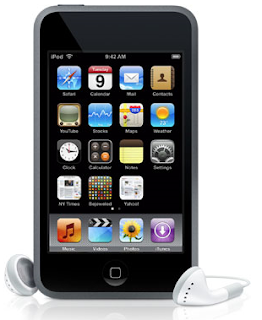



.jpg)






 Website Powered by Sesame 24-7™
Website Powered by Sesame 24-7™